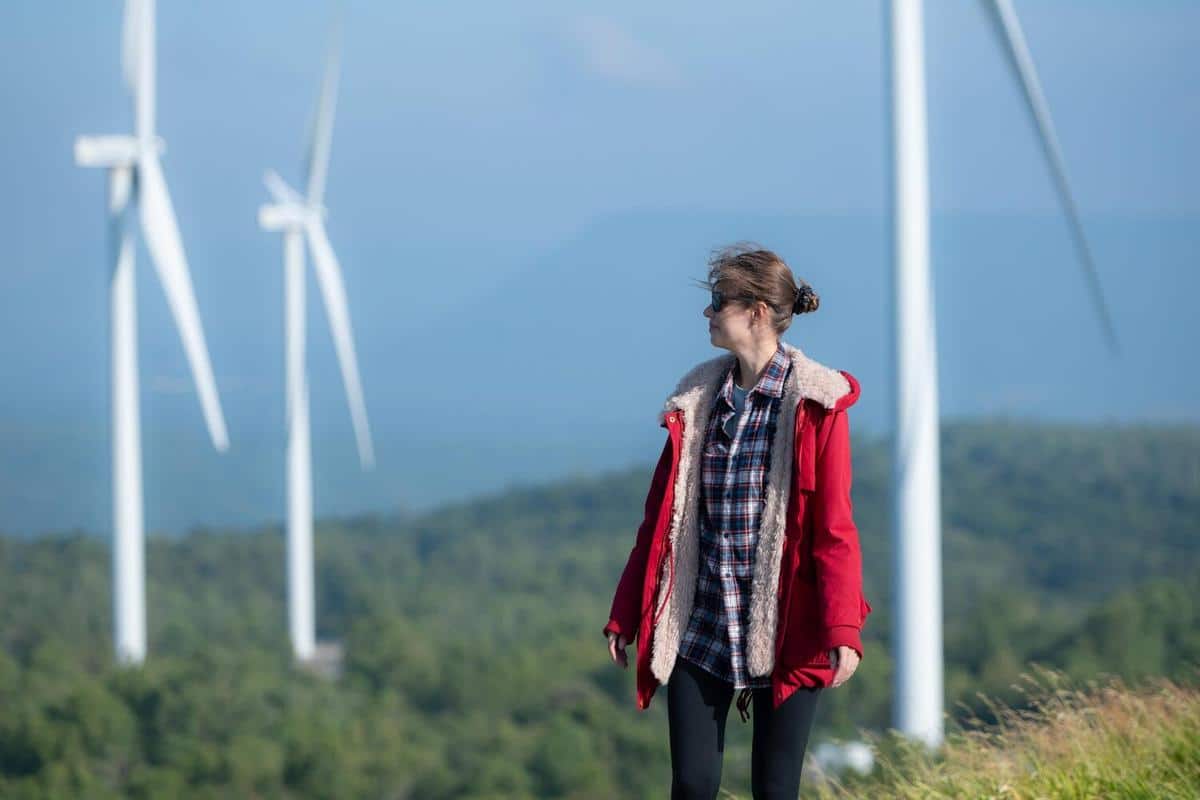
Wind Energy: Tapping into the Power of Nature to Meet Global Demand
Harnessing the power of wind is not just about spinning turbines—it’s about revolutionizing our energy systems to meet the growing global demand sustainably.
Understanding Wind Energy
Wind energy harnesses the natural power of the wind to generate electricity. This renewable energy source has gained significant traction as a sustainable alternative to fossil fuels. The process is simple yet effective: wind turns the blades of a turbine, which spins a shaft connected to a generator, producing electricity.
Benefits of Wind Energy
- Renewable and Sustainable: Wind energy is inexhaustible and reduces reliance on finite resources.
- Reduces Greenhouse Gas Emissions: According to the Global Wind Energy Council, wind power helps avoid over 1.1 billion tons of CO2 emissions annually.
- Economic Growth: The industry supports jobs in manufacturing, installation, and maintenance.
Expert Insights
“Wind energy is a cornerstone of the global transition to renewable energy,” says Dr. Lisa Menza, a renewable energy researcher. “Its scalability and decreasing costs make it an attractive option for many countries.”
Statistics and Research
Recent studies indicate that wind energy accounts for approximately 6% of global electricity production, with potential growth as technology advances. The International Renewable Energy Agency projects that wind could provide over 35% of global power needs by 2050.
Personal Stories
Consider the story of Mark, a farmer in Kansas, who installed wind turbines on his land. “Not only do these turbines provide clean energy,” Mark notes, “but they also offer a new revenue stream, allowing me to invest back into my farm.”
Getting Started with Wind Energy
For individuals and businesses interested in wind energy, here are some steps to consider:
- Research local wind conditions to assess feasibility.
- Consult with renewable energy experts to understand potential costs and benefits.
- Explore government incentives or subsidies for installation.
Challenges and Considerations
While wind energy offers numerous benefits, challenges like initial setup costs, land use, and noise considerations must be addressed. However, advancements in technology continue to mitigate these issues.
Comparison Table: Wind Energy vs. Other Renewables
| Feature | Wind Energy | Solar Energy | Hydropower |
|---|---|---|---|
| Resource Availability | High in windy areas | High in sunny areas | High near water bodies |
| Scalability | Highly scalable | Scalable | Limited by location |
| Environmental Impact | Low | Low | Moderate |
| Cost | Decreasing | Decreasing | Stable |
| Job Creation | High | Moderate | Moderate |
| Land Use | Moderate | Moderate | High |
| Efficiency | Variable | Variable | High |
| Maintenance | Moderate | Low | High |
Frequently Asked Questions
What is wind energy?
Wind energy is the process of converting wind into mechanical power or electricity using turbines.
How does wind energy benefit the environment?
Wind energy reduces reliance on fossil fuels, thus lowering greenhouse gas emissions and helping combat climate change.
Is wind energy cost-effective?
Yes, the cost of wind energy has been decreasing, making it a competitive alternative to traditional energy sources.
Conclusion
Wind energy presents a promising solution to meet global energy demands sustainably. By investing in this renewable resource, we can reduce environmental impact, create jobs, and foster economic growth. Whether you’re a policymaker, business owner, or homeowner, exploring wind energy options could be a step towards a cleaner, more sustainable future.